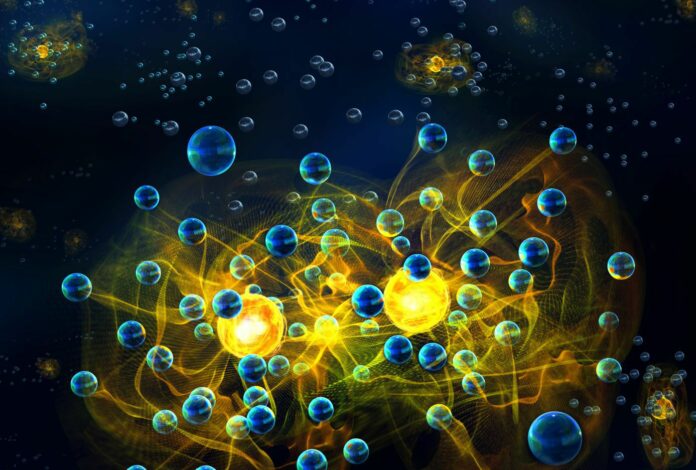Physicists Just Totally Proved Wrong a Long-Standing Rumor About Polarons
“One would assume that polarons always attract each other, regardless of whether their interaction with the environment is attractive or repulsive.” But do they always attract each other?
What Happens When Quasiparticles Interact in an Ultracold Quantum Gas?
When electrons move through a solid, they create polarization in their surrounding environment, a phenomenon influenced by their electric charge.
Lev Landau, a Russian physicist, expanded upon this concept, introducing the idea of quasiparticles, which encapsulate the interaction of particles with their environment.
Over a decade ago, a research group led by Rudolf Grimm at the Institute of Quantum Optics and Quantum Information (IQQOI) under the Austrian Academy of Sciences (ÖAW) and the Department of Experimental Physics at the University of Innsbruck successfully created quasiparticles. These particles exhibited both attractive and repulsive interactions with their environment.
The team employed an ultracold quantum gas composed of lithium and potassium atoms contained within a vacuum chamber to achieve this feat. They manipulated the interactions between these particles using magnetic fields and radio-frequency pulses, prompting the potassium atoms to either attract or repel the surrounding lithium atoms, thereby mimicking the complex states found in solids due to free electrons.
Delving Deeper into Solid-State Phenomena
Recently, Rudolf Grimm and his team advanced their research, managing to generate and observe multiple quasiparticles and their interactions simultaneously within the quantum gas.
“In a naive notion, one would assume that polarons always attract each other, regardless of whether their interaction with the environment is attractive or repulsive,” Rudolf Grimm noted.
“However, this is not the case. We see attractive interaction in bosonic polarons, repulsive interaction in fermionic polarons. Here, quantum statistics plays a crucial role.”
This groundbreaking experiment marks the first practical demonstration of behavior predicted by Landau’s theory. Researchers from Mexico, Spain, and Denmark contributed the necessary theoretical calculations for this study.
“High experimental skills were required to implement this in the laboratory, because even the smallest deviations could have skewed the measurements,” remarked Cosetta Baroni, the study’s lead author.
Rudolf Grimm expressed his enthusiasm for the project, highlighting its significance: “Such investigations provide us with insights into very fundamental mechanisms of nature and offer us excellent opportunities to study them in detail.”
Source: 10.1038/s41567-023-02248-4
Image Credit: IQOQI INNSBRUCK/HARALD RITSCH
